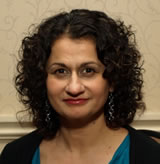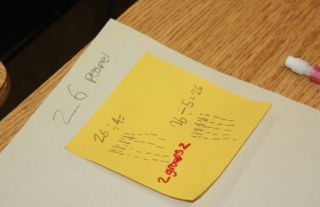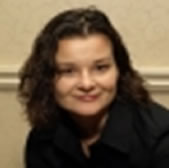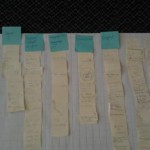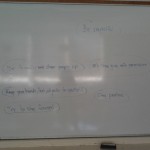Returning to the classroom after working at a central level for 6 years has been an awesome experience so far…I feel like a beginning teacher all over again!
One of the interesting questions that I thought about when planning my first week had to do with choice: how do we know when to involve our students in decision-making and which decisions need to be more teacher-driven?
So, I set out to experiment on the first day of school, by letting my Grade 4 students determine which configuration would work best for the classroom desks. I knew this experiment would tell me a lot about my students, such as their problem-solving skills and how they worked together with their classmates.
It was a new feeling for me, always having had student desks already set up for the first day!
To prepare, I came up with some conditions:
-certain areas were to remain as they were (e.g., the reading corner, the conference area, my desk)
-each group had to present their model and the thinking behind it
-the desks were to be arranged in groups, but the number at each group could vary (e.g., there could be some groups of 6 and some groups of 3)
-they would need to include a space where students could go to work quietly on their own, if needed
-when we add to the room (e.g., new students, a SMARTBOARD, etc.), we may need to revisit the plan
After sharing these conditions on a chart with my class, they organized themselves into groups and set off to plan! It was exciting to see how each group had their own unique style. One group first calculated how many students we had and thus, how groupings could work. Two other groups drew in the conditions first, then planned from there.
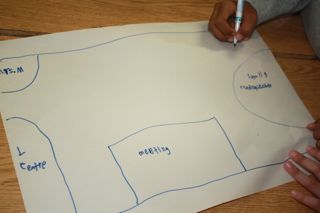
Would I do this again? Absolutely!
I learned that as teachers we cannot underestimate our students’ capabilities. Giving them choice in creating their classroom environment empowered my students and the interest they took in actually moving the desks to reflect the plan we chose was amazing to watch.
The fact that I had written the conditions ahead of time led me to realize my students benefitted from knowing that sometimes when we make choices, there are structures and boundaries we need to work within…
Next up, settting up our reading corner!!!

